The recent cuts to US foreign aid funding under President Donald Trump’s administration have sent shockwaves through South Africa’s HIV/AIDS response, endangering treatment access, derailing research, and threatening to reverse decades of progress in fighting one of the world’s deadliest epidemics.
For Gugu, a 54-year-old former sex worker and now an HIV-positive project coordinator for an NGO in Johannesburg, the impact is deeply personal. Like thousands of others, she relied on antiretroviral medication (ARVs) from a USAID-funded clinic in downtown Johannesburg. When the clinic shut down due to funding cuts, she was fortunate to receive a nine-month bulk supply. But come September, her supply will run out, and like many others, she’ll be forced to seek treatment from overstretched and often unwelcoming public health facilities.
South Africa is home to the largest HIV-positive population in the world, with 7.7 million people living with the virus, according to UNAIDS. Of these, 5.9 million rely on ARV treatment, which has helped reduce AIDS-related deaths by 66% since 2010. Much of this progress was fueled by the US President’s Emergency Plan for AIDS Relief (PEPFAR), a program launched by former US President George W. Bush in 2003, which invested over $100 billion globally in the fight against HIV/AIDS.
The Trump administration’s decision to significantly reduce global health aid, including cuts to USAID and PEPFAR programs, has led to the closure of critical clinics serving vulnerable populations, including sex workers and pregnant women. Experts fear this could result in a spike in new infections, TB cases, and a resurgence of AIDS-related deaths.
Gugu and others highlight the barriers sex workers face when transitioning to public clinics, from long wait times and privacy concerns to discrimination from healthcare workers. “For sex workers, time is money. And public clinics don’t respect that,” Gugu says, expressing fears that many will default on medication due to stigma and delays.
A new UNAIDS report warns that without immediate global action, the world could see six million new HIV infections and four million AIDS-related deaths by 2029. It emphasizes that the “phenomenal progress” made in the past two decades could be reversed by donor fatigue and policy shifts in countries like the US.
The funding shortfall also threatens the future of groundbreaking HIV research based in South Africa. Local scientists, including Professor Abdullah Ely of Wits University, were working on promising vaccine trials and preventive therapies like Prep and Lenacapavir the latter a biannual injection that offers full HIV protection. Now, those efforts hang in the balance due to halted trials and lack of clinical funding.
“We’re not going to be getting new vaccines for HIV,” warns Prof Lynn Morris, Deputy Vice-Chancellor of Wits University. “We’re not going to be keeping on top of viruses that are circulating. Even with new viruses that might appear, we won’t have the surveillance infrastructure we once had.”
Universities South Africa has appealed for a 4.6 billion rand ($260 million) bailout to offset the losses. However, only 600 million rand including contributions from the Bill and Melinda Gates Foundation, Wellcome Trust, and South Africa’s government has been secured so far.
South Africa’s role in HIV research is not just regional but global. Many of the preventive medications used around the world were developed and trialled locally, making the cuts a setback for worldwide health innovation and preparedness.
“This isn’t just a problem for right now,” says Gugu. “We have to think about how it’s going to affect the next generation of women and young people.”
As global health leaders prepare for the upcoming UNAIDS conference, the world will be watching to see whether the international community steps up to fill the gap and whether South Africa can continue leading the charge in the global fight against HIV/AIDS


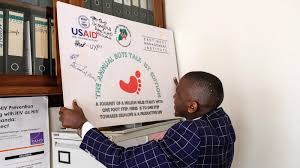




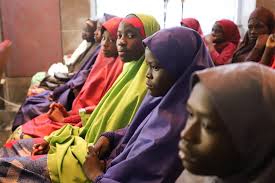

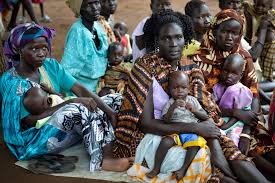
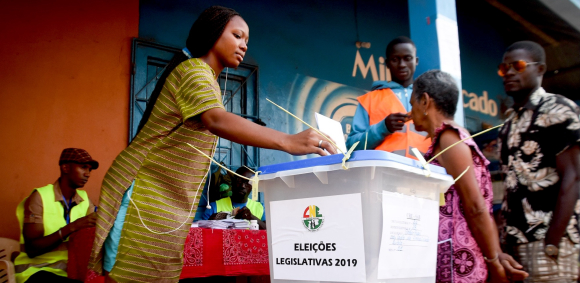
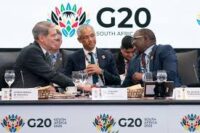
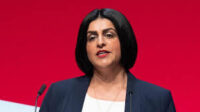

Leave a comment